|
This week's updated blog looks at advertising for Indie authors. 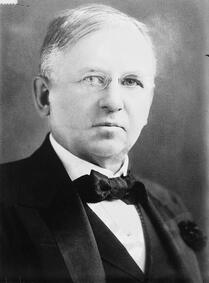 Marketing pioneer John Wannamaker Marketing pioneer John Wannamaker There will come a time when you, as an Indie author, are tempted to spend some of your hard-earned money on advertising your book, but is this a wise thing to do? The short answer is "yes". The longer answer is the subject of this week’s blog. The marketing pioneer John Wannamaker (1838-1922) is famous for saying “Half the money I spend on advertising is wasted; the trouble is I don't know which half.” That quote resonates especially with small businesses and people like Indie authors, because you can’t afford to waste any money, let alone half of what you spend on anything. But we have to remember that times were different back in Wannamaker’s day. 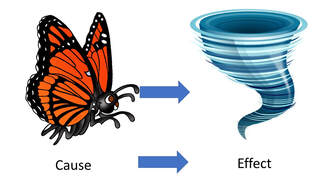 True, it is sometimes difficult to establish cause and effect. If you launch an advertising campaign and you then you sell a book, is it because of a response to the advert, or because the purchaser had the book recommended to them by a friend? But that is just a single purchase. If sales increase over the entire period of an advertising campaign, it is far easier to establish cause and effect. "it is sometimes difficult to establish cause and effect" We also have to consider the metrics (measurements) available in Wannamaker’s day. They were fairly primitive; basically, just money spent, newspaper and magazine circulation figures, and sales achieved. Today, however, on-line advertisers can provide users with a wide range of information regarding the performance of their adverts. 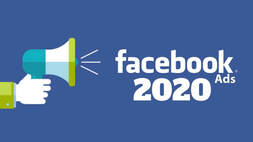 For example, Facebook Ads offer these measurements:
Technically speaking, Facebook doesn’t call this an “advertisement”, it is just “boosting your post”, but it is the same thing. Click on Facebook’s “Ad Centre” and you get exactly the same range of posting options, but they charge you a lot more – a £100 minimum budget compared to a £10 minimum for boosting your post. "If your ad is being seen by a lot of people, but you aren’t getting many engagements, something is wrong" If you can see how much “reach” you get, you can compare that to the number of engagements you got (clicks, likes and shares). If your ad is being seen by a lot of people, but you aren’t getting many engagements, something is wrong with the ad or its targeting. If you know how many clicks you got, you can then compare that with sales made and make a calculation of conversions from clicks to sales – and therefore work out how much each click cost you and earned you, eg, if your ad cost £10 and you got 1,000 clicks, each click cost you a penny. If you then made 10 sales, each sale cost you £1, with a conversion rate of 1 sale per 100 clicks. If you made £3 from each sale, it means you made £20 profit on the campaign. I know that doesn’t’ sound very exciting, but if you are an unknown author, those are the sorts of figures you are going to get until you become better known. And you become better known every time you sell a book. Trust me, it doesn’t take too many sales to get from a £20 profit on a campaign to £200 profit, especially if you have more than one book on the market.  Trying to disentangle multiple campaigns Trying to disentangle multiple campaigns The problem comes when you mount multiple campaigns running concurrently, using different advertising platforms. Although you can see which advertiser is getting you the most clicks for your money, there is no way to work out which clicks are generating the sales. You may be getting 1,000 clicks a day from an ad on Facebook, but you may be getting 10,000 clicks from an ad on Google. But if you got a total 10 sales from the two campaigns, you won’t know which ad on which platform generated the most sales. You are forced into assuming that Google is delivering the better results because they generated more clicks - but assumptions can be wrong. For this reason, we at Selfishgenie Publishing only advertise each of our books on one platform at a time, so we can be sure which adverts are generating our sales. That is also our recommendation for you, at the beginning at least.  We then compare advertising platforms to decide where to spend our money next time. We don’t necessarily ignore a platform, but we may reduce our spending on one and increase it on another. We are also able to compare budget size to results. For example, doubling the budget for an ad campaign might double sales, but it might also treble them or quadruple them – or have no effect at all. "Advertising a bad book will never lead to a profit" Throwing money into advertising can work. On all the social media platforms we discuss, the more you spend, the more people who will see your advert which means more potential buyers. But be very sure about the quality of your product. Advertising a bad book will never lead to a profit. Money saving tip - if you have published a series, advertising the series is cheaper than advertising each individual title. But you have to make sure that the series is properly set up on Amazon so that you can link to it. Consult the KDP website on how to do that. 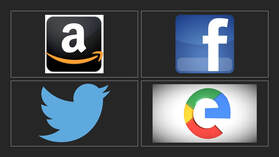 When it comes to social media advertising, we have used four platforms: Facebook, Amazon, Google and Twitter (we treat Google and Amazon as social media for these purposes, even though they aren’t). Some of them are better than others for producing results and why that should be comes from the discussion we had in earlier blogs about audience targeting. Google has by far the largest “reach” of all the platforms. An incredible 10 billion Google searches are made each month. It is used by more people per hour and in more countries than any other platform on the internet. But that doesn’t mean that it’s the best place for advertising books. Facebook allows far better targeting of audiences, which means that, although fewer people will see our advertisement, more of them will be the people that our books are aimed at. But we have to also consider age profiles in terms of their use of social media. Older people prefer Facebook to Twitter, whereas it’s the reverse for younger readers. So, although Twitter may not be as good an advertising platform as Facebook in general terms, it may be better for us than Facebook if a book is aimed at younger readers.  In terms of rankings for advertising, this blog rated the following platforms in terms of their number of users, genders and age demographics: 1. Facebook, both genders, 18-65 2. Twitter, both genders, 18 -49 3. Instagram, both genders, 18-64 4. Pinterest, women, 18-64 5. Linkedin, both genders 25-64 The principal criteria used for ranking, however, is number of users. Numbers of users doesn’t tell the whole story, however.  The ability to refine target groups is one of the most important considerations in advertising. It’s called market “segmentation”, being able to break a potential audience down the way an orange can be divided into segments, so that you only direct your advertising to the segment(s) that are most likely to be receptive. The ability to reach over 2 billion users with Facebook isn’t much good if most of them don’t read books. Because it is the book readers that you want to reach. So, I have done a bit more work to show you what each platform is able to provide. Notes: 1. Targeted by Amazon’s website extensions, eg amazon.com, amazon.co.uk etc, which means coverage isn’t global. 2. Targeting is based on previous purchases, so readers of a particular genre will see similar books. 3. Based on keywords used in the book’s description (SEO). 4. Your book’s page on Amazon becomes its advert. 5. It shouldn’t be necessary to say this, but I will. If you don’t sell your books through Amazon, there is no point in advertising there. From the above, you can see that Amazon provides the least amount of targeting, with Google second. Facebook and Twitter appear to be more or less equal. However, I now take you back to what we discovered in an earlier blog.  If people are browsing Amazon’s book pages, it means they want to buy books. This isn’t the case for other social media, where they are browsing for other reasons. In other words, while they are on Amazon they are a receptive audience. Amazon’s other advantage is that it targets readers based on previous purchases, which is a usually a reliable source of data. Twitter posts get their highest visibility for only 24 minutes after posting, whereas Facebook ads remain most visible for 3 hours after posting, Amazon ads are seen while people are browsing or as a result of searches, so they are bound to be seen – so long as they appear on the first page of search results. The further down the search results, the less likely it is they will be seen, which is why SEO is important. 75% of all the people who will see a Twitter ad will see it in the first 3 hours, whereas 75% of all those who will see a Facebook ad will see it during the first 5 hours. This longevity for Facebook means that you cover longer time periods each day. If you post at midday and one of your targeted readers doesn’t log into Facebook until 4 pm, it is quite likely that they will still see your ad. But on Twitter it is less likely. On Amazon, however, it depends on the search criteria and their purchasing history. It is highly likely that an Amazon customer will see your advert if they read your genre of books. You may think I’m pointing you towards Facebook, but I’m not. There are reasons for choosing Facebook over Twitter and reasons for choosing Twitter over Facebook. And there are also reasons for using Amazon (which is generally more expensive). If your target audience is older, Facebook is the place to spend your money. If they are younger, then its Twitter. If your customers don’t use Amazon, then there’s no point in advertising there.  A downside for Amazon is that it is hard to attract readers new to your genre through advertising. Because recommendations are based on previous buying history, if they haven’t bought a book in your genre before, they are unlikely to have it recommended. On Facebook or Twitter there’s always the chance that a reader will see your ad and say “Not my usual thing, but I might give it a go.” You will notice that I haven’t mentioned Instagram, Pinterest or Linkedin much. That’s because they aren’t platforms with which we have much experience. Certainly, in terms of audience rankings, they fall behind Facebook and Twitter, but we also know that, in Instagram’s case at least, they are more used by younger audiences. "a lot of decision making" So, where does that leave us? Basically, with a lot of decision making. First of all, it is no use advertising unless you analyse the data that is collected during your campaign. If you aren’t getting much engagement from your ad, these may be the reasons:
If you are getting engagement but few sales, then these may be the reasons:
 The only one of those things that you can’t fix is the last one. Actually, there is something you can do about that last one. You can “unpublish” the book. It isn’t selling and it isn’t helping you, but it may be affecting the sales of other titles, or it may affect the sales of future books. There is nothing you can do about the reviews themselves. If you have 100 good reviews (4 and 5 star) and only a couple of bad ones, then the bad ones don’t really matter. But if you have 100 bad reviews but only a couple of good ones, then you have a problem. If you unpublish the book, it is as though it never existed (except for those few people who did read it). You can start afresh with the next book. But don’t try to republish under a different title or pen name to fool the readers. If a previous reader buys it and spots what you’ve done, they will complain to the retailer and that could get you barred from their site. 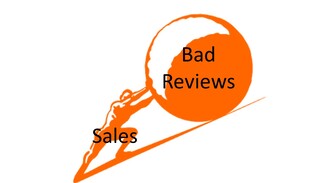 Advertising does work; if it didn’t businesses wouldn’t spend so much money on it. We have also proved it works, over multiple campaigns. But we also know, from the adverts we see on TV, that there are good adverts and bad adverts and a bad advert is a waste of money. Sometimes, however, it isn’t always easy to see the direct success of an advertising campaign. I’ll give you an example. We have run several adverts for Operation Absolom, the first book in Robert Cubitt’s “Carter’s Commandos” series. The campaigns did alright but didn’t set the world on fire in terms of results; they covered their costs and returned a small profit. However, a couple of days after the campaign ended we noticed that sales started to increase for book 2 in the series, then book 3 all the way up to book 7. By advertising the first book, we had created some new fans who read the rest of the series and, hopefully, will now also buy book 8, which has now been released. The end result, measured over a much longer time period, was a much higher profit on the campaign. This delayed reaction is something to consider if you are the author of more than one book. We’ve discussed “content” before, but it is an important subject, especially if you have to create your own to support your social media marketing, so next week we’re returning to that topic. * Henry Ford If you have enjoyed this blog, or found it informative, be sure not to miss the next one by signing up for our newsletter. We'll even send you a free ebook for doing so. Just click the button below.
0 Comments
Leave a Reply. |
AuthorThis blog is compiled and curated by the Selfishgenie publishing team. Archives
June 2025
|
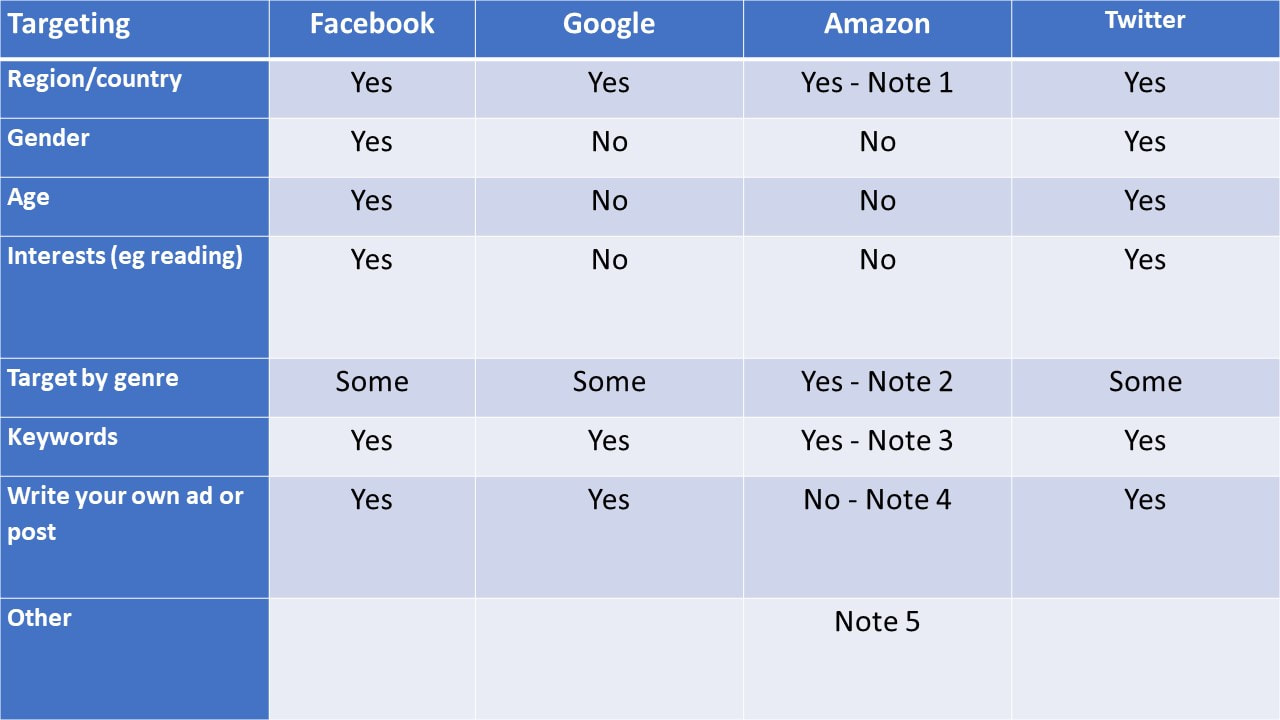
 RSS Feed
RSS Feed